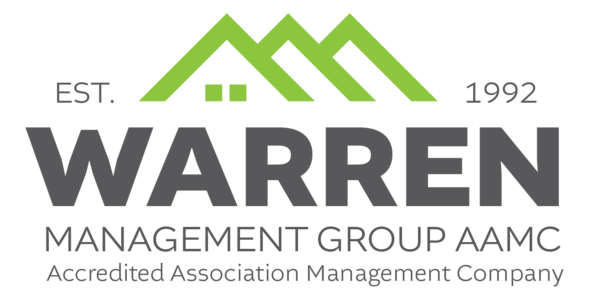One of the primary responsibilities of the Board of Directors is to maintain, protect, and enhance the assets of the Association. Typically, the most significant assets and related expenses of an association are those identified within a Reserve Study.
What is a reserve study?
A reserve study is an analysis of all assets (e.g. exterior surfaces of townhomes and patio homes, asphalt of private streets, concrete sidewalks, fences, walls, signs, lighting, mailbox kiosks, etc.) completed by a reserve specialist professional. The study establishes the remaining useful life of each asset element as well as the estimated cost to repair or replace the asset, systematically allocating an equal portion of the replacement cost over the remaining life of the asset. Most reserve studies provide a 30-year forecast of proposed funding and anticipated expenditures.
Financial planning for future expenses
Association leaders are strongly advised to complete a reserve study early in the development of the community, providing a financial planning document. In order to be an effective tool, this reserve study must be current. Therefore, it is important that periodic updates be completed to ensure that funding allocations stay in alignment with the aging of the assets. Why isn’t one study every 30 years enough? Because factors can change, such as:
- Increased cost of materials (e.g. roofing, asphalt, paint) or services
- Reduced interest rates on invested funds
- Care and maintenance conditions sustaining the potential useful life
- Extenuating weather conditions causing accelerated wear and deterioration (e.g., drought, mold due to excess moisture, intense UV rays)
- Lower quality workmanship or material use
How are reserve funds collected?
The allocation of reserve funds must be budgeted along with the annual operating expenses of the Association. Each assessment payment made by the membership includes both operating and reserve fund monies. In the management of the Association’s bank accounts, the designated reserve funds are systematically transferred from the operating account to a separate account for the accumulation of reserve funds. These funds are typically invested (e.g., CDs, T-bills) to maximize the growth potential of these designated dollars.
Deferring reserve contributions create red flags
The Board must be responsible and pro-active to maintain the assets of the community. If the reserves are under-funded, the Board will be faced with tough decisions when assets begin to deteriorate. It is difficult to recover a property that has been allowed to suffer reduced values and market appeal. The bottom line is this: the members will have to pay for these projects one way or another! It is far better for funding provisions to be set aside throughout the useful life of each asset than to overburden owners of a now-aging community by “playing catch up” with special assessments. There is nothing special about a special assessment!
